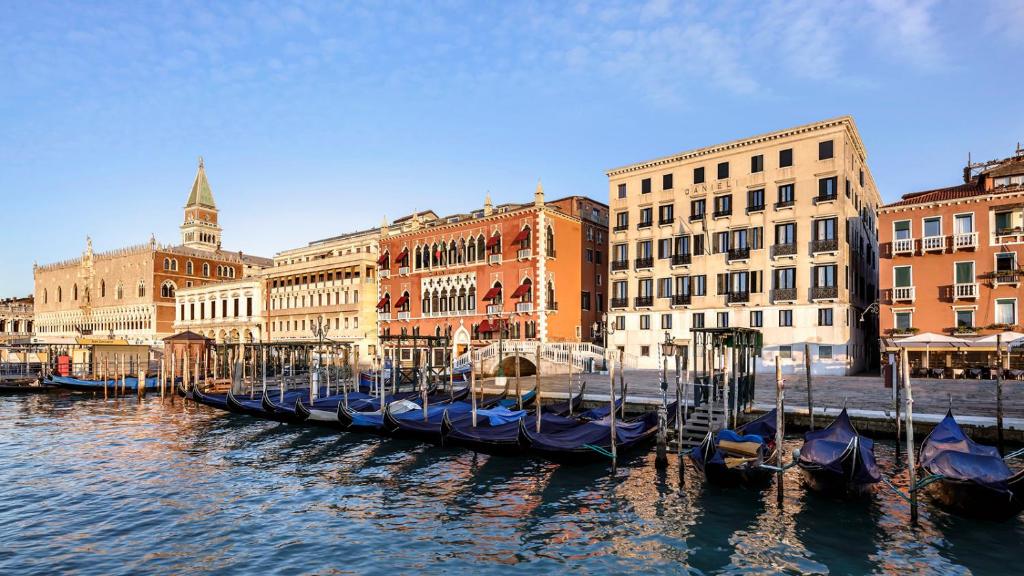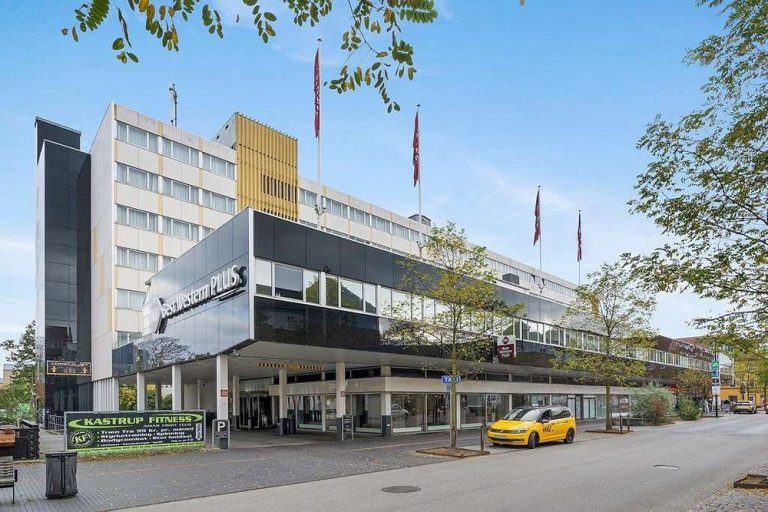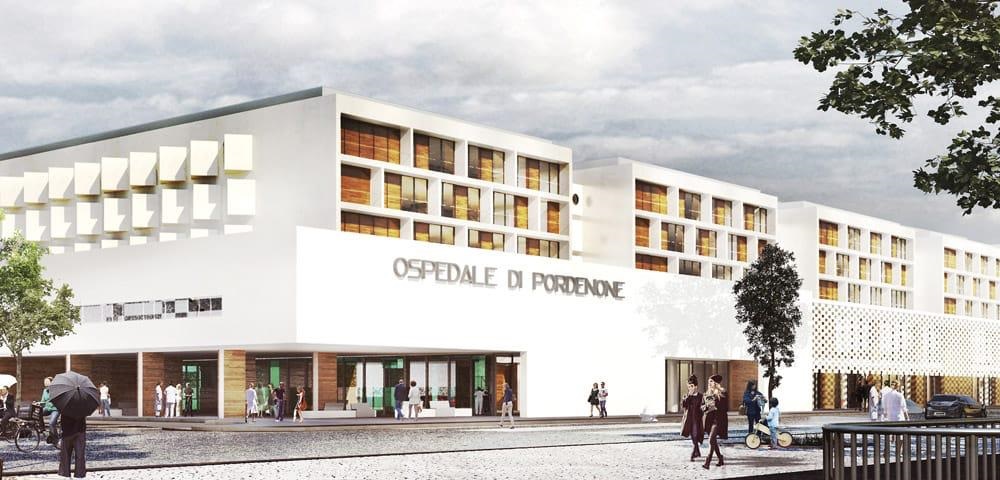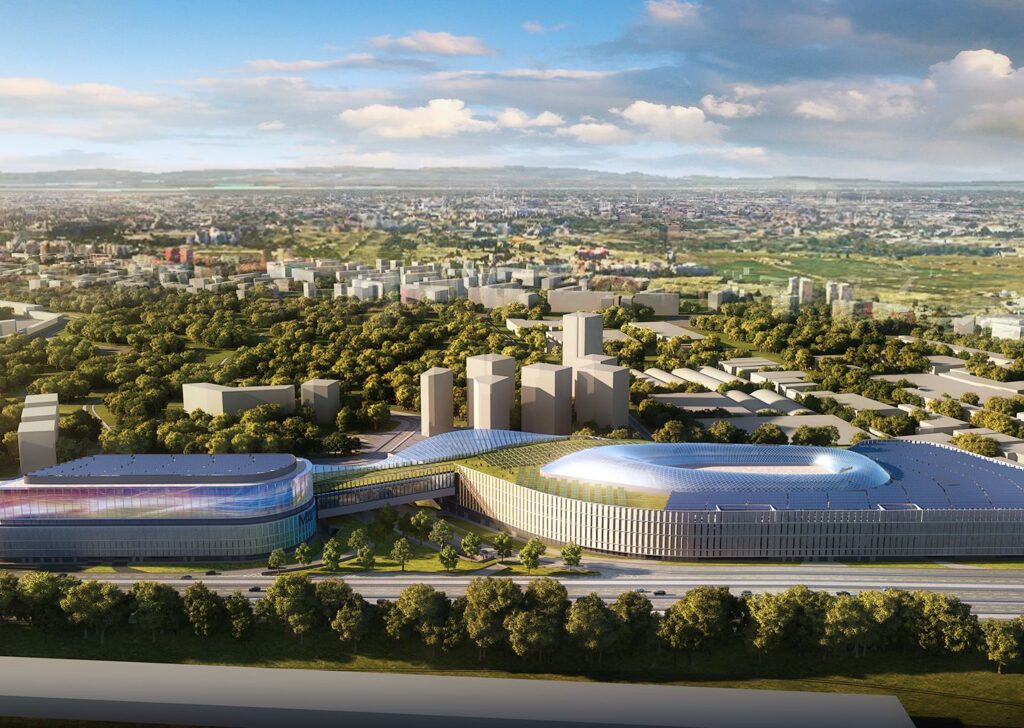Project
- Home
- Project
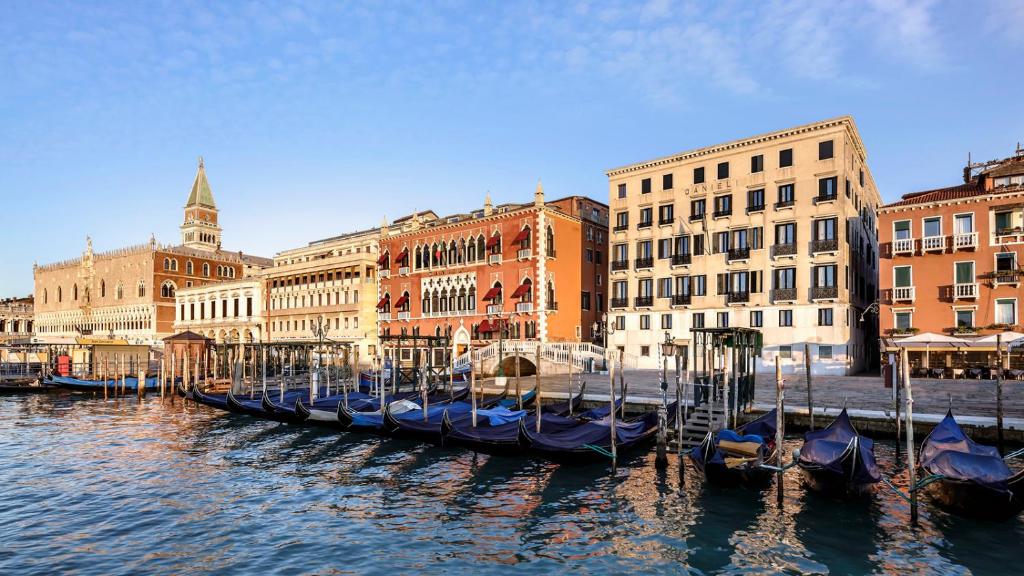
Hotel Danieli in Riva degli Schiavoni, Castello
The Hotel Danieli in Riva degli Schiavoni, Castello, Venice, Italy, is a historic and luxury hotel that is renowned for its opulence and historic significance. As a prestigious property, it is essential for the hotel to ensure the safety and security of its guests, staff, and priceless assets, which includes employing advanced fire protection systems.
Water Mist “Ultrafog” at Hotel Danieli:
Given the heritage and value of a hotel like the Hotel Danieli, a Water Mist System like Ultrafog would be an excellent fire suppression choice. Here’s why it would be ideal for the hotel’s fire protection system:
Protecting Valuable Assets: The Hotel Danieli contains priceless art, antique furniture, and intricate architectural details. A water mist system would protect these assets while minimizing water damage, a risk common with traditional fire sprinkler systems. Ultrafog’s ultra-fine droplets can extinguish a fire without soaking delicate furnishings or historical structures.
Space Efficiency: The hotel features a variety of spaces, including luxury suites, dining areas, and potentially large ballrooms. These areas, particularly those with high ceilings or limited space, would benefit from the efficient use of water mist technology, as it can be used in confined areas without overwhelming the room with water.
Minimal Disruption: Hotel operations must remain as unaffected as possible by any fire protection systems. Ultrafog’s fast and efficient suppression minimizes disruptions. It quickly brings down the temperature and reduces oxygen levels without causing the flooding that might occur with conventional systems, ensuring that business operations are not overly disrupted.
Aesthetic Preservation: The architectural beauty and aesthetics of the Hotel Danieli are paramount. Since the system uses minimal water compared to traditional sprinklers, the risk of damaging the aesthetic and historical elements of the hotel is greatly reduced.
Quick Activation and Effectiveness: In the event of a fire, the system’s fast response time can help limit the fire’s spread, providing crucial time for evacuation or containment. The Ultrafog system’s ultra-fine mist rapidly suppresses the fire by cooling the environment and reducing the oxygen levels around the flames.
Eco-friendly Solution: The water mist system uses less water than traditional methods, helping conserve water and reduce potential damage to the hotel’s infrastructure. This aligns with modern sustainability goals and could be part of the hotel’s commitment to eco-friendly practices.
A fire protection system is a set of integrated systems designed to prevent, detect, control, and extinguish fires, safeguarding both people and property. These systems are essential in buildings, industries, and any environments where fire risks are present. Fire protection systems can be divided into several components, each serving a specific function.
Fire Protection System:
Fire Prevention:
Fire-Resistant Materials: Materials used in construction or design that resist the spread of fire (e.g., fire-resistant doors, walls, and insulation).
Maintenance of Electrical and Gas Equipment: Regular inspection and maintenance to prevent electrical faults or gas leaks, which can lead to fires.
Fire-Safe Practices: Ensuring that safety protocols, such as proper storage of flammable materials, are followed.
Fire Detection:
Smoke Detectors: These devices sense smoke particles in the air and trigger alarms to notify individuals of a potential fire.
Heat Detectors: These sensors detect significant temperature changes that indicate the presence of a fire.
Flame Detectors: Devices designed to detect the presence of fire by identifying the infrared or ultraviolet radiation emitted by flames.
Manual Call Points (MCPs): Fire alarms can be manually activated by individuals to alert others in the building.
Fire Suppression:
Water-Based Systems:
Sprinkler Systems: The most common form of fire suppression, sprinklers activate automatically when they detect a rise in temperature and discharge water to suppress the fire.
Water Mist Systems: Like Ultrafog, these systems use very fine mist to cool the fire and reduce oxygen levels. They are often used in areas where water damage needs to be minimized.
Gas Suppression Systems:
Inert Gas Systems: Use gases like CO2, nitrogen, or argon to displace oxygen and extinguish the fire, typically used in data centers or areas with sensitive equipment.
Chemical Suppression Systems: These systems use dry chemicals or foam agents to suppress fires, often used in industrial or kitchen environments.
Foam Systems: Often used in industrial applications (such as oil refineries or airports) to smother fires, especially flammable liquid fires.
Fire Control:
Fire Barriers: Walls, doors, or windows that are designed to prevent the spread of fire from one area to another.
Fire Dampers: Devices installed in ventilation systems to stop the spread of fire through air ducts.
Compartmentation: Dividing a building into fire-resistant sections to control the spread of fire and provide safe evacuation routes.
Evacuation and Alarm Systems:
Fire Alarm Systems: Alert people to evacuate when a fire is detected. These alarms can be auditory (sirens) or visual (flashing lights).
Emergency Exit Signs and Lighting: Clear signage and lighting guide people to safe evacuation routes in case of a fire.
Emergency Communication Systems: Broadcast emergency announcements to provide instructions on evacuation procedures.
Fire Extinguishers:
Portable devices that can be used by individuals to extinguish small fires before they spread. Fire extinguishers are categorized based on the types of fires they are effective against, such as Class A (ordinary combustibles), Class B (flammable liquids), Class C (electrical), or Class K (cooking oils).


